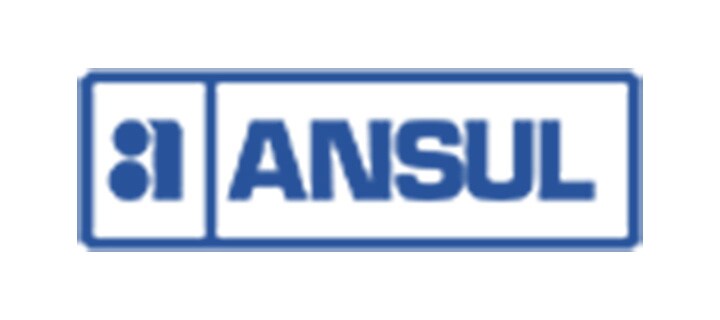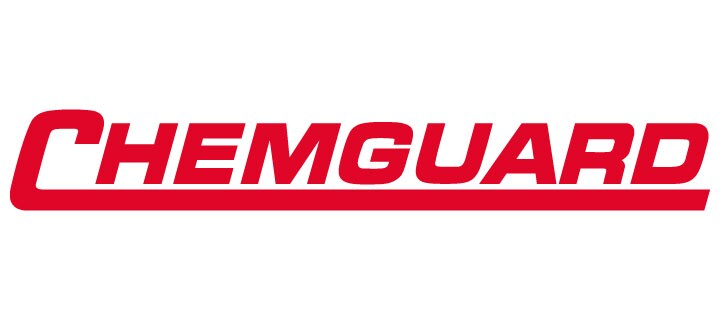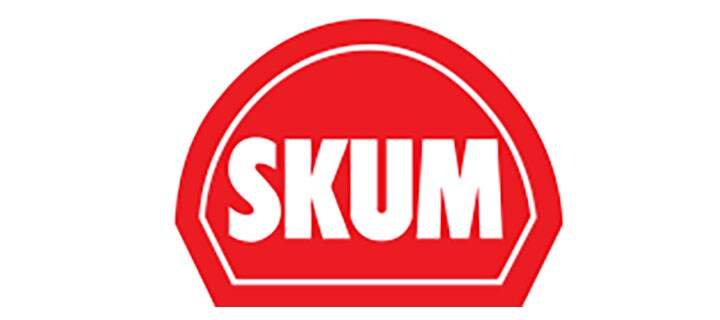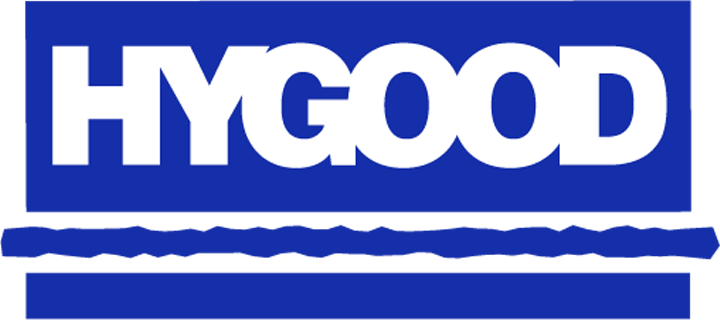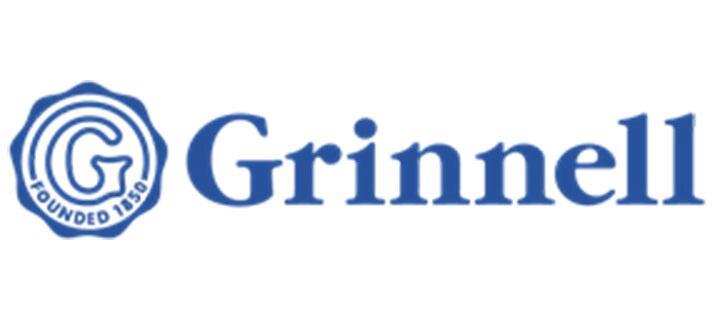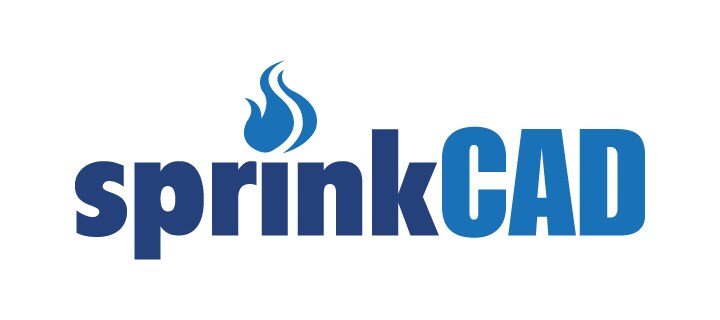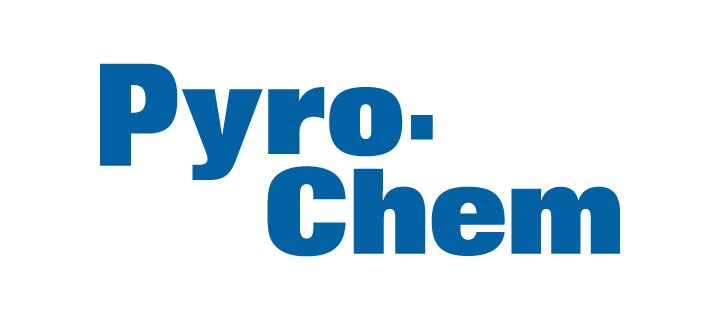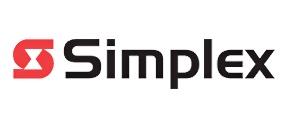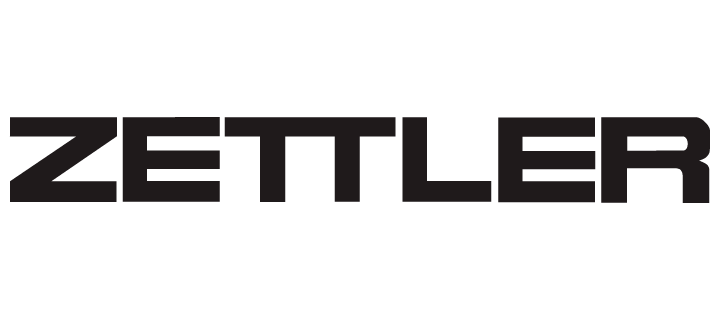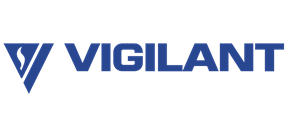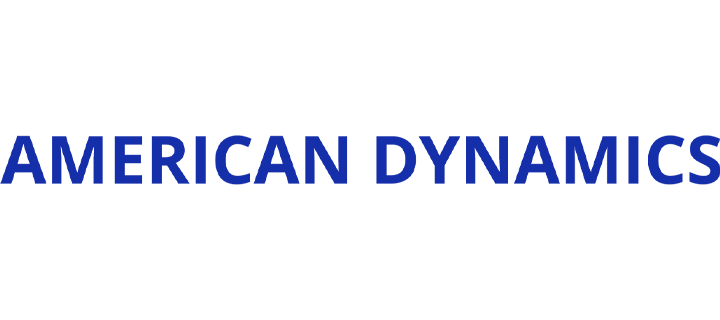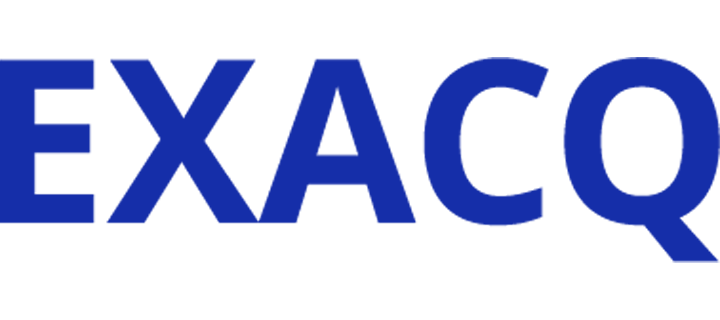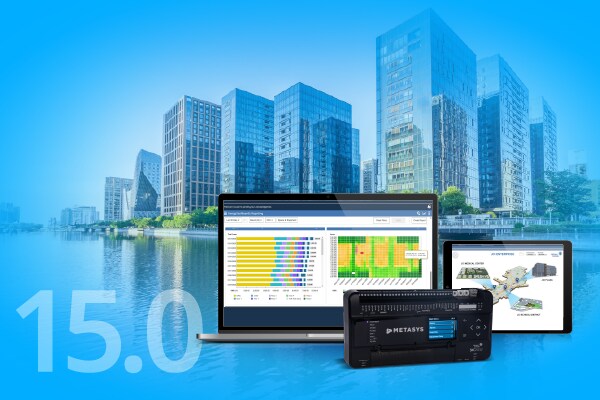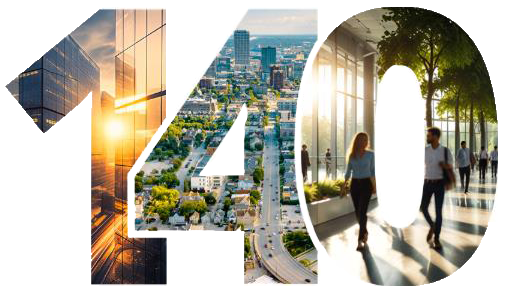- Johnson Controls
- Building Insights
- 3 Building Management Challenges You Shouldn’t Ignore
3 building management challenges you shouldn’t ignore
Are you addressing these 3 critical building management system challenges?
Facilities teams face mounting pressure to optimize building performance while balancing competing priorities of cost reduction, sustainability and occupant experience. Traditional management approaches struggle to meet modern demands as building portfolios grow more complex.
Let's examine three fundamental challenges today's facilities professionals must address to ensure long-term smart building management.
1. Lack of a unified view into aggregated facility data
Facilities managers can struggle to identify improvement opportunities across their properties without a comprehensive, integrated view of operations.
Most organizations operate with fragmented systems – from energy management systems to maintenance records and space utilization tools – that create data silos and limit full visibility into operations.
The consequences of disconnected data are substantial:
- Energy inefficiencies go undetected until utility bills arrive
- Maintenance schedules follow arbitrary calendars rather than actual equipment needs
- Space utilization patterns remain unclear, leading to underutilized assets and unnecessary costs
- Carbon emissions tracking becomes a manual and error-prone process
Without this unified view, facilities managers cannot effectively benchmark performance across properties, identify best practices or implement portfolio-wide improvements.
In a recent commissioned Forrester Consulting Total Economic Impact™ study conducted in April 2025 on behalf of Johnson Controls, a workplace technology architect from a pharmaceuticals organization noted, "Our facilities managers only had insights as to how much energy their buildings used once they got the bill, which was way too late to do anything about it." The result is reactive management rather than proactive optimization, limiting both operational efficiency and strategic impact.
2. Competitive pressures around sustainability and smart tech
The competitive landscape for commercial real estate has transformed dramatically. Smart building capabilities and sustainability metrics have evolved from nice-to-have features to essential qualifications.
Today's facilities managers face mounting pressure to:
- Reduce operational costs without compromising service levels
- Achieve increasingly ambitious sustainability targets
- Deliver certifications that matter to tenants and shareholders
- Keep pace with technological innovation in building systems
Corporate tenants now routinely include smart building and green certifications to attract premium tenants. Properties without smart building capabilities and sustainability credentials command lower rental rates and experience higher vacancy rates than their certified counterparts.
According to the Forrester study, buildings with green certifications and smart technology certifications can command average rental premiums of 4% and 8%, respectively for a composite organization representative of interviewed customers. Organizations without a clear strategy for achieving these certifications risk falling behind competitors and experiencing declining asset values.
3. Shifts in workplace culture impacting space utilization
The COVID-19 pandemic fundamentally transformed workplace expectations and space utilization patterns. Hybrid work models have become the norm rather than the exception, creating unprecedented challenges for facilities managers.
This cultural shift has created several operational difficulties:
- Unpredictable occupancy patterns and peak usage times
- Unclear space allocation for collaborative versus individual work
- Challenges in right-sizing real estate portfolios for hybrid workforces
- Pressure to enhance workplace experience to attract employees back to offices
Without accurate data on how spaces are actually being used, facilities managers struggle to make informed decisions about real estate needs. Many organizations maintain expensive leases for space that remains largely unused, while others lack sufficient collaborative areas when employees are onsite.
The Forrester study found that the composite organization realized a savings on leased real estate of nearly 22%, representing millions in avoidable costs for large enterprises.
As hybrid work patterns continue to evolve, facilities managers need sophisticated tools to track utilization while maintaining occupants’ physical and digital privacy, and to adapt space configurations to meet real-world needs. Without these capabilities, organizations risk both financial waste and compromised employee experience.
How smart building technology addresses these challenges
Smart building solutions like OpenBlue directly address these critical hurdles by integrating data from multiple sources – regardless of vendor – to provide the comprehensive understanding necessary for strategic decision-making. The Forrester study revealed that OpenBlue's streamlined approach delivered up to 155% ROI based on a composite organization built for the study, combining energy savings, reduced chiller service costs, real estate savings and rental premiums.
OpenBlue delivers facilities teams a unified view of building operations, helping them identify inefficiencies, benchmark performance across properties and implement portfolio-wide improvements. It also supports critical smart building and sustainability certifications that increase appeal to premium tenants. OpenBlue offers precise workspace utilization metrics so organizations can optimize their real estate portfolios for hybrid work models, reducing costs while enhancing employee experience.
By providing a comprehensive solution to the critical challenges building operators face today, OpenBlue empowers leaders to evolve from reactive operators to strategic business partners. This shift delivers measurable value through enhanced efficiency, sustainability and occupant experience – well into the future.

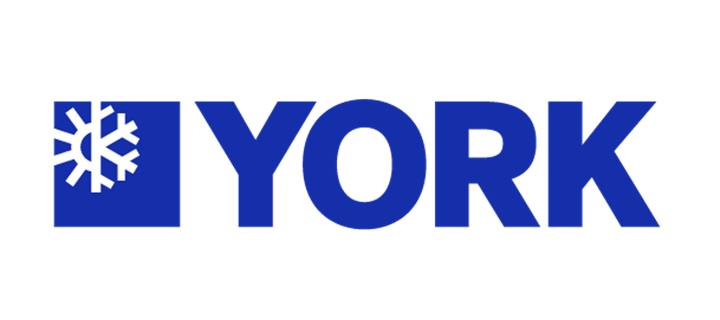

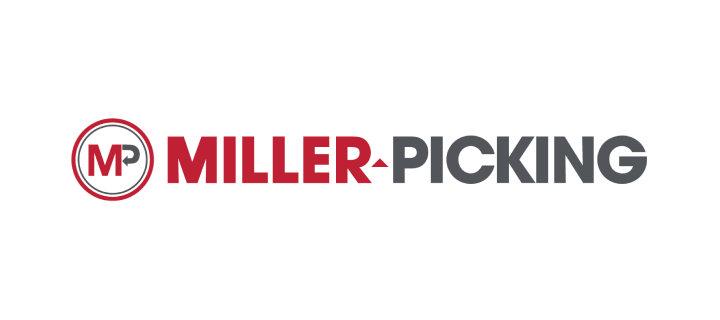
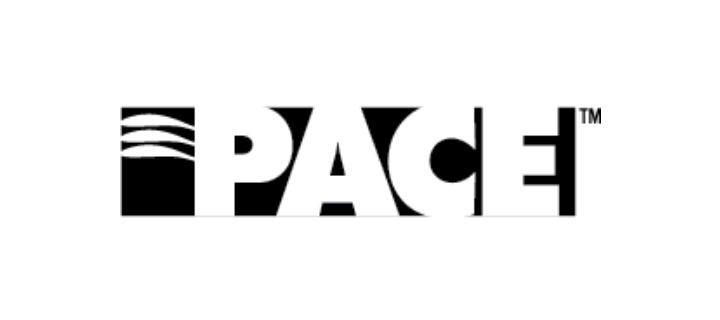

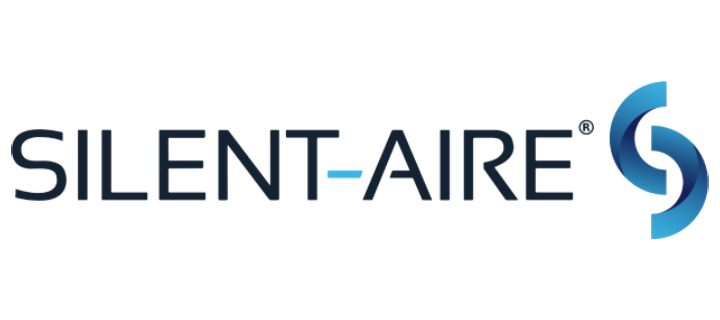
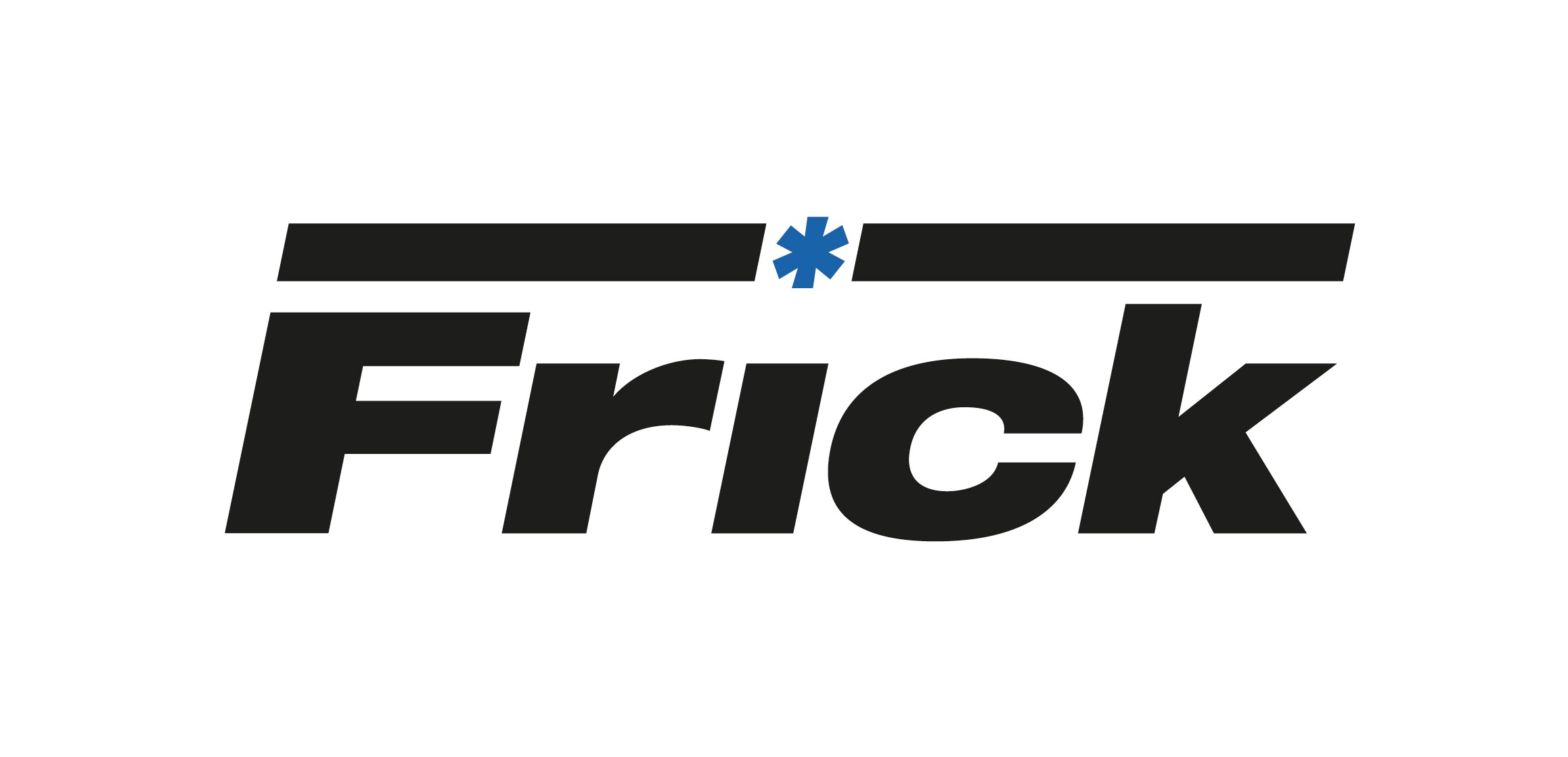
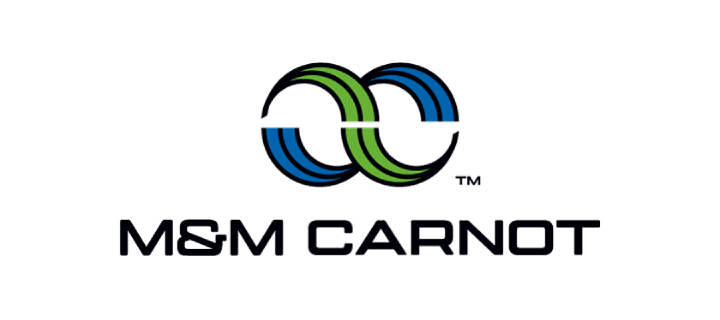
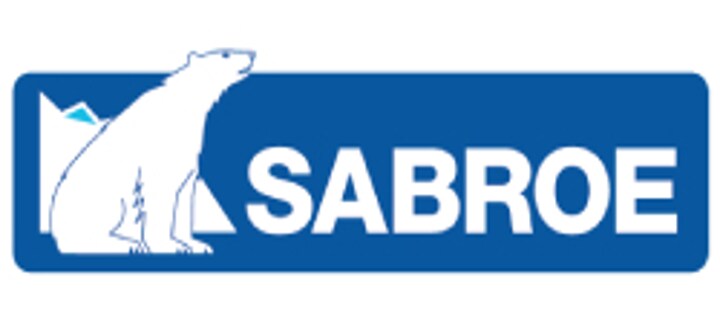

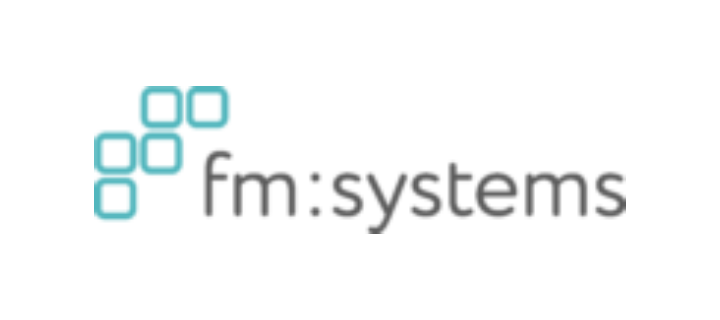



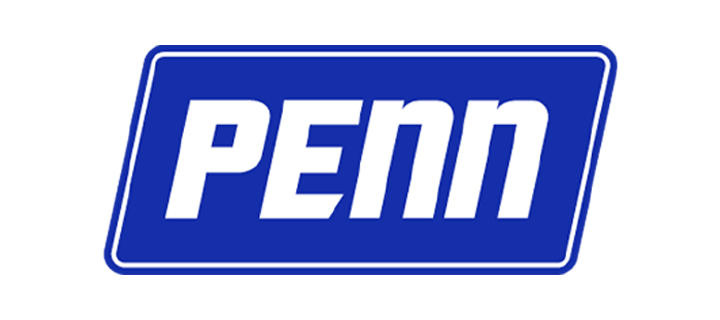

.jpg?la=en&h=320&w=720&hash=244C75B74F0F77521D56164450973BCD)
